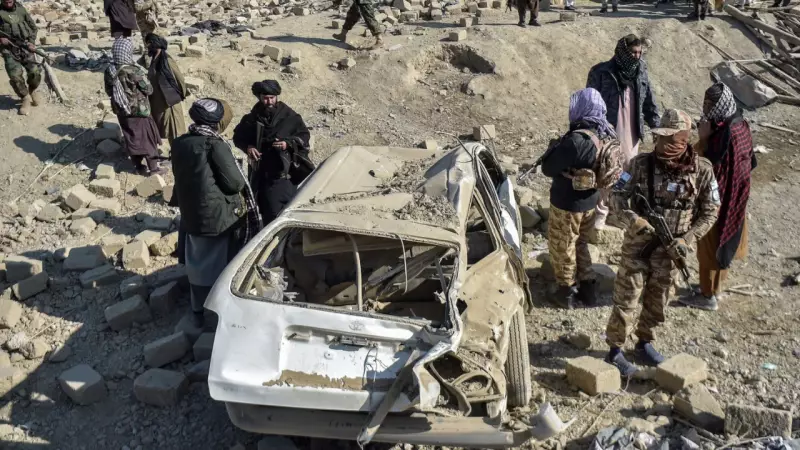
A recent admission from the United States about drone operations has cast a stark light on Pakistan's ongoing struggle against terrorist groups, particularly the Tehreek-e-Taliban Pakistan (TTP). The revelation exposes what security analysts are calling a critical dependency on American technology that Pakistan publicly denies but privately relies upon.
The Unspoken Alliance: Drone Technology and Counter-Terror Ops
Despite official rhetoric about sovereignty and independent counter-terrorism capabilities, evidence suggests Pakistan continues to lean heavily on US-provided drone intelligence and technology. This dependence becomes particularly glaring in operations against TTP strongholds along the Afghanistan-Pakistan border.
The situation creates a paradoxical relationship where Pakistan publicly criticizes US drone operations while simultaneously benefiting from the technological edge they provide against militant groups.
Why Pakistan Can't Quit American Drones
Several factors contribute to Pakistan's continued reliance:
- Technological Gap: Pakistan lacks indigenous capability to produce surveillance and strike drones matching US sophistication
- Intelligence Sharing: Real-time intelligence from US assets remains crucial for targeting precision
- Operational Limitations: Pakistan's military lacks the sustained air coverage needed for effective border monitoring
- Cost Factors: Developing equivalent drone technology would require massive financial investment
The TTP Threat: Why This Dependency Matters
The Tehreek-e-Taliban Pakistan has regrouped and strengthened since the Taliban's return to power in Afghanistan. With safe havens across the border and improved weaponry, the group presents a clear and present danger to Pakistan's security.
Without American drone support, Pakistan would face significant challenges in:
- Monitoring TTP movements in rugged border regions
- Conducting precision strikes against high-value targets
- Gathering real-time intelligence on impending attacks
- Deterring large-scale militant gatherings
The Diplomatic Tightrope
This dependency creates diplomatic complications for both nations. Pakistan walks a fine line between publicly condemning US involvement in regional affairs while privately acknowledging the operational necessity of American technology.
Meanwhile, the US faces its own challenges in balancing counter-terror cooperation with broader strategic interests in South Asia, particularly given Pakistan's evolving relationships with China and Russia.
What Lies Ahead for Pakistan's Security Strategy?
The recent US admissions have sparked renewed debate within Pakistani security circles about the urgent need to develop indigenous drone capabilities. However, experts suggest this remains a long-term solution at best.
In the immediate future, Pakistan must navigate the complex reality of depending on a partner it often publicly disputes, while confronting a resurgent TTP threat that shows no signs of diminishing.
The coming months will prove crucial in determining whether Pakistan can bridge this technological gap or remains tethered to American capabilities in its fight against terrorism.





